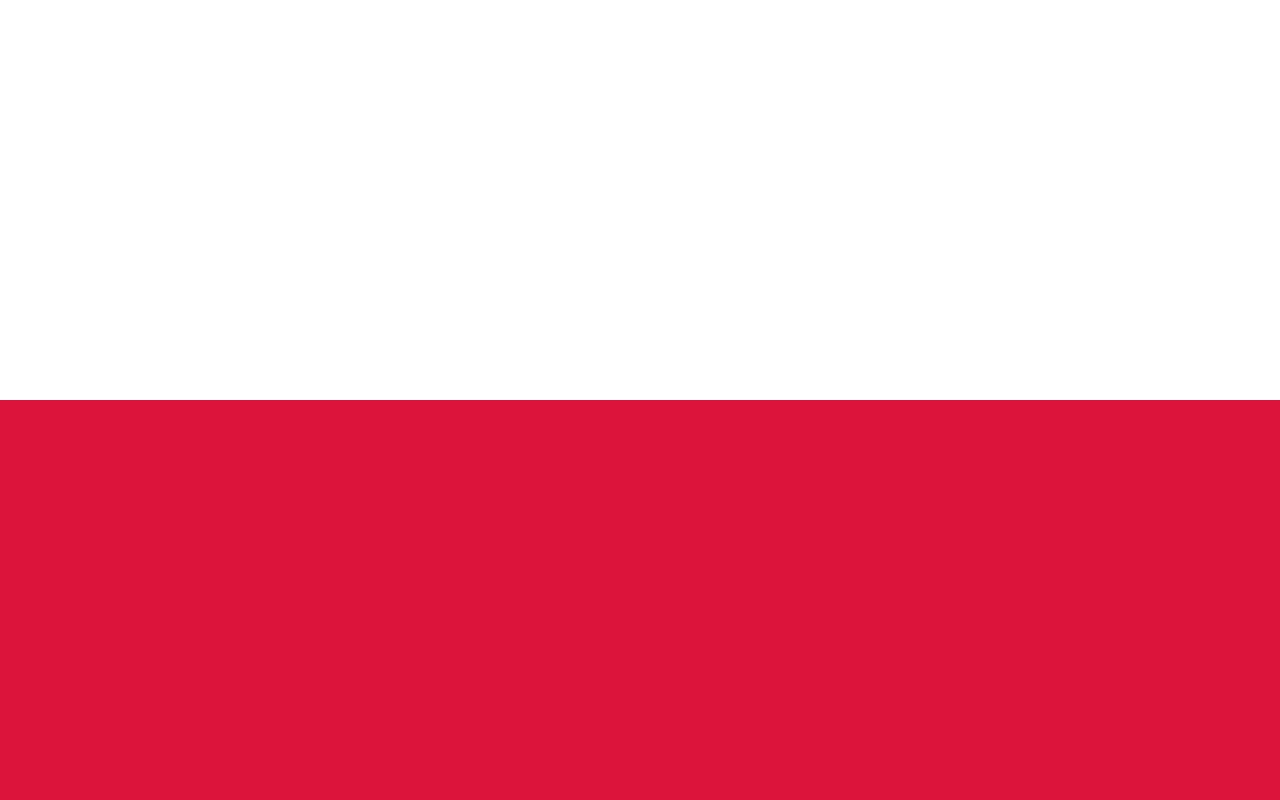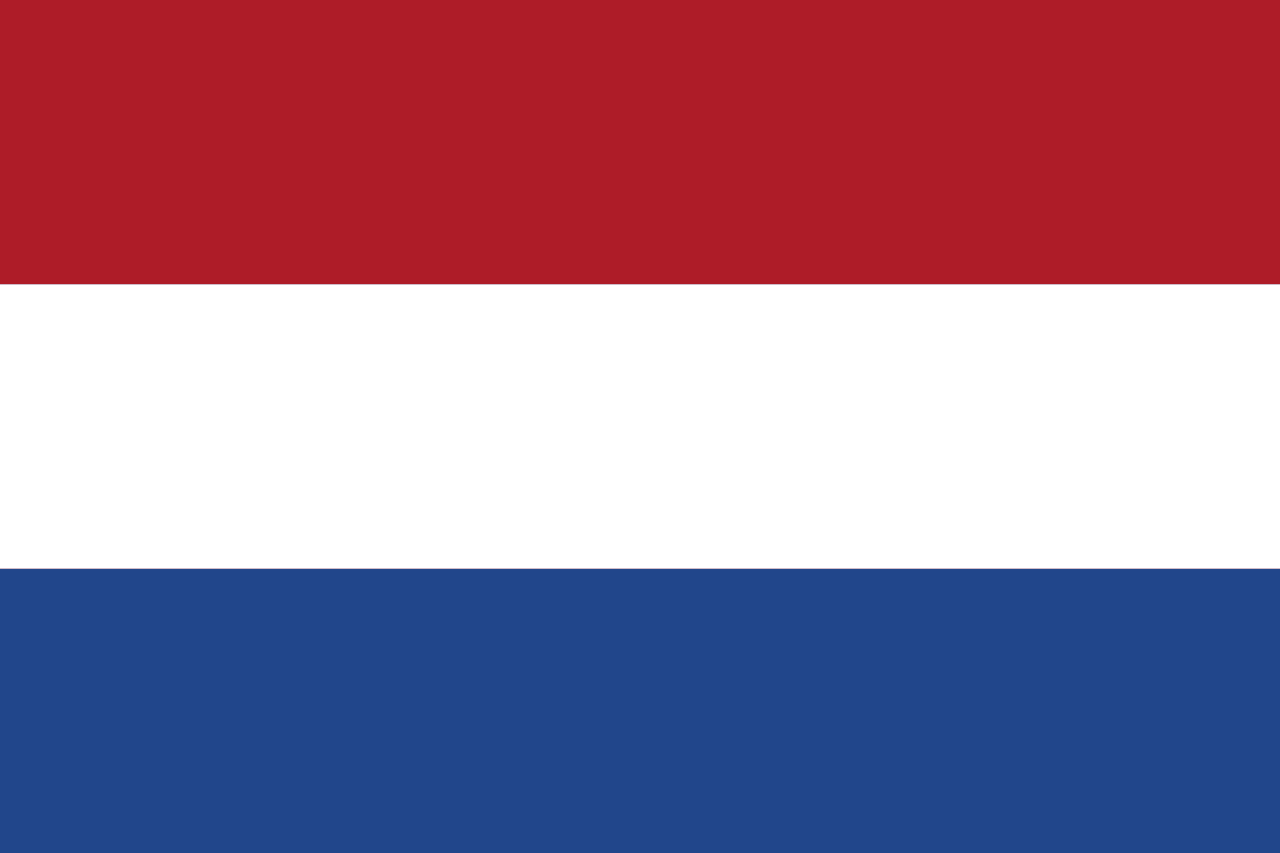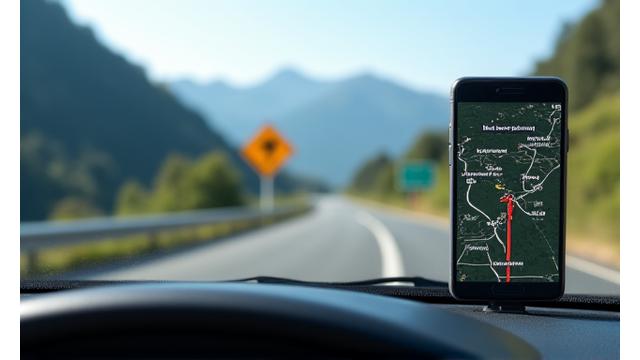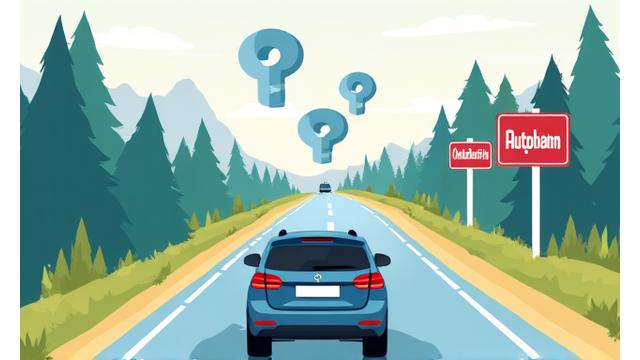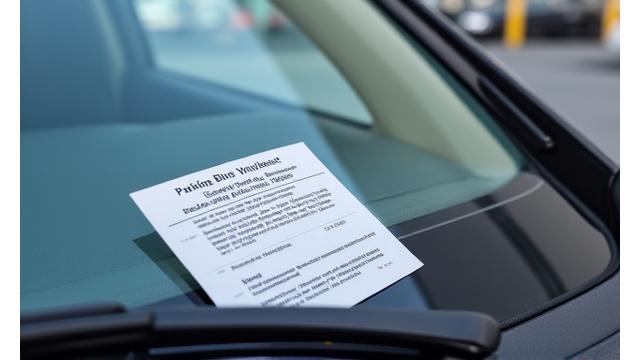Swiss Driving Culture & Expectations
Swiss drivers prioritize order, safety, and efficiency. This means adhering strictly to rules, signaling maneuvers well in advance, and maintaining appropriate distances. Overtaking on the right is generally forbidden on motorways. While it might seem less aggressive than in some other countries, this is precisely how traffic flows smoothly. Patience and predictability are key.







